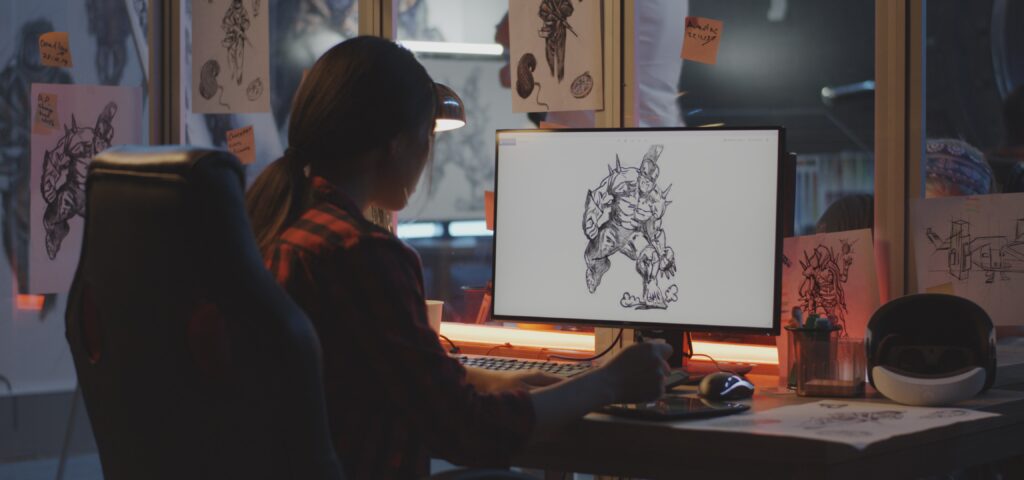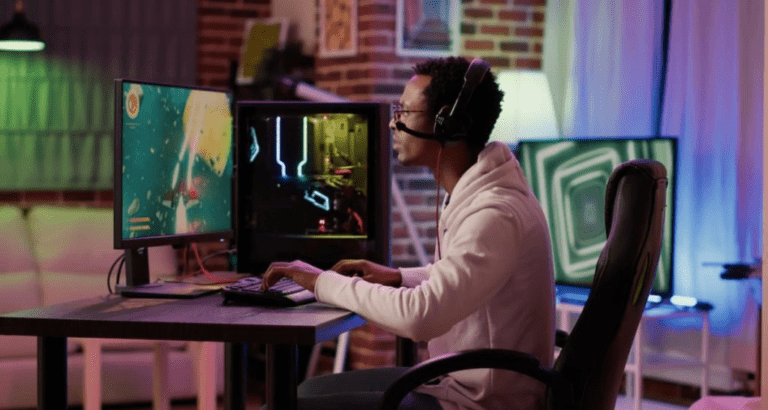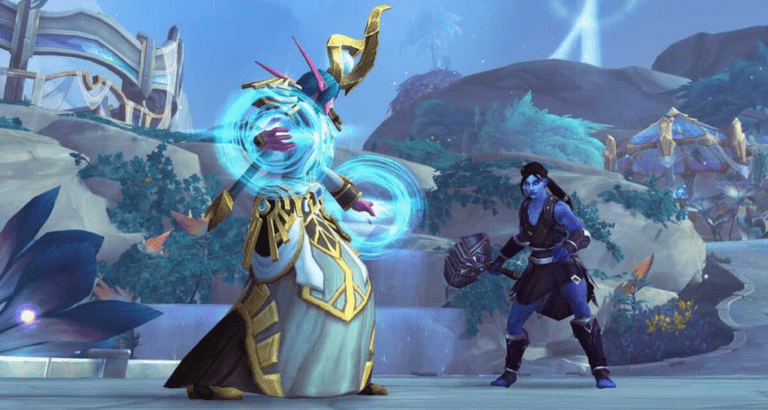Takeaway
Finding a reliable game art outsourcing studio is crucial for the success of your game development project. By understanding the key factors to consider, evaluating potential partners effectively, and establishing clear communication, you can ensure that your collaboration yields high-quality art assets that align with your vision and project goals.
Understanding Game Art Outsourcing
Game art outsourcing has become a prevalent practice in the gaming industry, allowing developers to leverage specialized skills and resources that may not be available in-house. This approach not only helps in reducing costs but also accelerates the development process, enabling studios to focus on core gameplay mechanics and innovation. However, the success of outsourcing hinges on selecting the right partner, which requires a comprehensive understanding of the outsourcing landscape.

The Benefits of Game Art Outsourcing
Outsourcing game art can provide several advantages:
- Cost Efficiency: By outsourcing, studios can save on overhead costs associated with hiring full-time employees, such as salaries, benefits, and workspace.
- Access to Specialized Talent: Outsourcing allows studios to tap into a global talent pool, gaining access to artists with specific skills in areas like 3D modeling, animation, and concept art.
- Scalability: Outsourcing enables studios to scale their workforce up or down based on project needs, providing flexibility in resource allocation.
- Focus on Core Competencies: By delegating art production to external partners, game developers can concentrate on gameplay design, programming, and other critical aspects of game development.
Identifying Your Needs
Before embarking on the search for a game art outsourcing studio, it is essential to clearly define your project requirements. This includes understanding the type of art assets you need, the style of art that aligns with your game, and the timeline for delivery.
Types of Art Assets
Game art can encompass a wide range of assets, including:
- 2D Art: This includes concept art, character designs, UI elements, and textures.
- 3D Models: These are essential for creating characters, environments, and props within the game.
- Animation: Animation services are crucial for bringing characters and environments to life.
- Visual Effects: These enhance the overall aesthetic and gameplay experience.
Art Style Considerations
The art style of your game plays a significant role in its overall appeal. Whether you are aiming for a realistic look or a stylized aesthetic, it is vital to communicate your vision clearly to potential outsourcing partners. Providing reference materials, mood boards, and style guides can help ensure that the final output aligns with your expectations.
Finding the Right Outsourcing Partner
Once you have a clear understanding of your needs, the next step is to identify potential game art outsourcing studios. Here are some strategies to consider:
Research and Recommendations
Start by conducting thorough research. Look for studios that specialize in game art and have a proven track record. Online platforms such as ArtStation, Behance, and LinkedIn can be valuable resources for discovering talented artists and studios. Additionally, seeking recommendations from industry peers can lead you to reliable partners.
Portfolio Evaluation
When evaluating potential partners, reviewing their portfolios is crucial. Look for:
- Quality of Work: Assess the quality of the art assets in their portfolio. Are they consistent with your desired art style?
- Diversity of Projects: A studio that has worked on various projects may have the versatility needed to adapt to your specific requirements.
- Client Testimonials: Positive feedback from previous clients can provide insights into the studio’s reliability and professionalism.
Communication and Collaboration
Effective communication is vital for successful outsourcing. Ensure that the studio you choose is responsive and open to collaboration. Discuss your project goals, timelines, and expectations upfront. Establishing a clear line of communication can help prevent misunderstandings and ensure that the project stays on track.

Evaluating Technical Capabilities
In addition to artistic talent, it is essential to assess the technical capabilities of the outsourcing studio. This includes their proficiency with industry-standard software and tools, as well as their ability to deliver assets in the required formats.
Software Proficiency
Ensure that the studio is well-versed in the software tools commonly used in game development, such as:
- 3D Modeling Software: Familiarity with tools like Blender, Maya, or 3ds Max is essential for creating high-quality 3D assets.
- Texturing Tools: Proficiency in software like Substance Painter or Photoshop is crucial for creating detailed textures.
- Animation Software: Knowledge of animation tools such as Spine or Unity is important for character animation.
Quality Assurance Processes
A reliable outsourcing studio should have quality assurance processes in place to ensure that the final assets meet your standards. Inquire about their review and feedback mechanisms, as well as how they handle revisions and iterations.
Establishing a Contractual Agreement
Once you have selected a game art outsourcing studio, it is essential to establish a contractual agreement that outlines the terms of the collaboration. This should include:
- Scope of Work: Clearly define the deliverables, timelines, and milestones.
- Payment Terms: Specify the payment structure, including any upfront fees and payment schedules.
- Intellectual Property Rights: Ensure that the agreement addresses ownership of the art assets created during the collaboration.
Maintaining a Productive Relationship
Once the partnership is established, maintaining a productive relationship is key to the success of your project. Regular check-ins, feedback sessions, and open communication can help ensure that both parties are aligned and that the project progresses smoothly.
Feedback and Iteration
Providing constructive feedback is essential for refining the art assets. Be specific about what works and what doesn’t, and encourage the studio to ask questions for clarification. This iterative process can lead to better results and a more satisfying final product.
Conclusion
In conclusion, finding a reliable game art outsourcing studio requires careful consideration and thorough evaluation. By understanding your project needs, researching potential partners, and establishing clear communication, you can forge a successful collaboration that enhances your game development process. Remember to prioritize quality, technical capabilities, and a strong working relationship to achieve the best results for your game.
Key Points
- Define your project needs and art style before searching for a partner.
- Research potential studios and evaluate their portfolios for quality and diversity.
- Ensure effective communication and collaboration throughout the project.
- Assess technical capabilities and quality assurance processes.
- Establish a clear contractual agreement to protect both parties’ interests.
By following these guidelines, you can successfully navigate the outsourcing landscape and find a partner that aligns with your vision and project goals.

